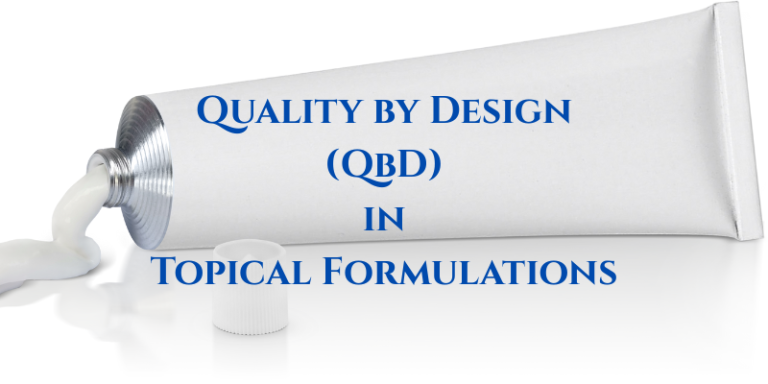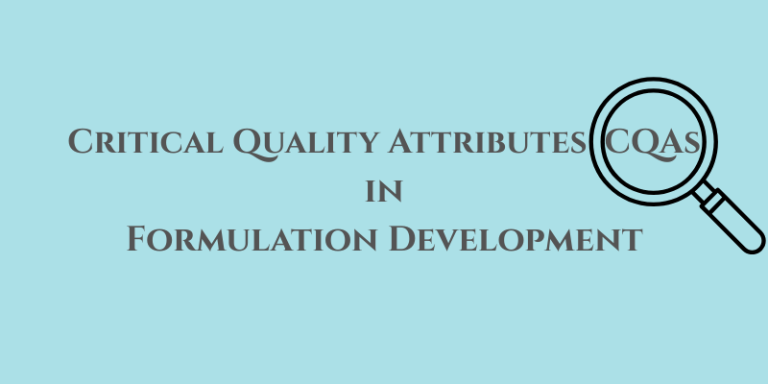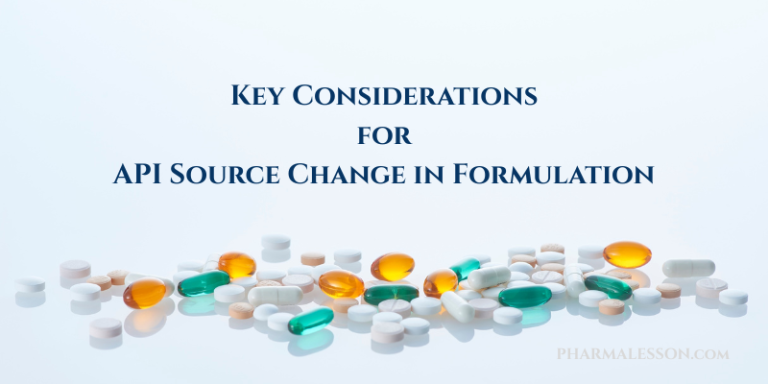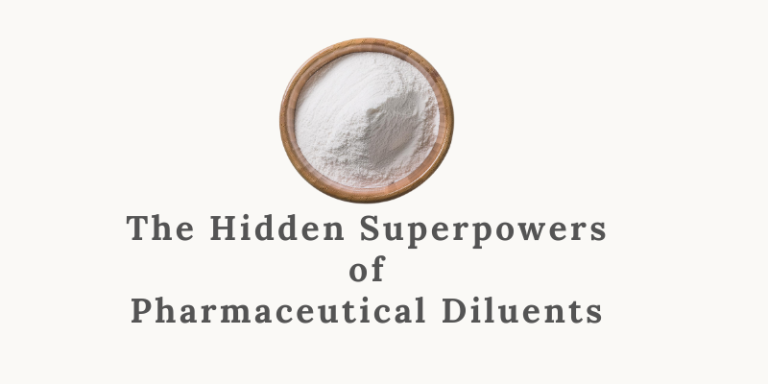Sourcing of Raw Materials for Formulation Development
In generic drug development, the materials you source dictate everything downstream—from formulation consistency and regulatory approval to long-term commercial viability.
“Your sourcing strategy is not just a procurement exercise—it’s a regulatory foundation.”
Here’s what a smart, compliant, and inspection-ready sourcing strategy looks like:
1. Use Only Commercial-Grade Raw Materials
Why it matters?
Using research-grade or pilot-grade materials in early development may seem efficient—but it’s risky. Your pivotal batch must use the same-grade inputs as your future commercial batches.
- Regulatory submissions (e.g. ANDA) are built on pivotal batch data.
- Material inconsistency later on? It may lead to bioequivalence failures, rework, or revalidation.
Pro tip: Lock in your commercial-grade source before formulation scale-up begins.
2. Approve at Least Two Suppliers for Each Critical Material
Why it matters?
Single sourcing is a vulnerability. You need at least two qualified vendors per key raw material—especially APIs and functional excipients.
Key qualification criteria:
- Particle size, density, and flow properties
- Impurity and degradation profiles
- Stress stability and compatibility
Bonus benefit: It mitigates risks of supplier shutdowns, regulatory warnings, or material delays.
3. Document Everything for Regulatory Submission
Why it matters?
Your vendors aren’t just suppliers—they’re part of your regulatory file. Poor documentation = high inspection risk.
Here’s what must be in place:
- Valid DMF numbers (Drug Master Files)
- Certificates of analysis aligned with the Reference Listed Drug (RLD)
- GMP compliance records and audit trails
Reminder: If it’s not documented—it’s not defensible. And if it’s not defensible, it’s not getting approved.
4. Think Long-Term — 8 to 10 Years Ahead
Why it matters?
Post-approval changes to suppliers can trigger:
- FDA scrutiny
- Repeat stability testing
- New bioequivalence studies
Choose vendors with the capacity, quality systems, and commitment to support your product for a decade or more.
A stable supplier is not just a business partner—they’re a regulatory safety net.
Final Thought:
- Source smart. Qualify early. Build for longevity. Because in pharma, what you start with is what you’re held accountable for—from submission to inspection and beyond.
Read also:
- Regulatory Strategies for Excipient Grade Changes Across Global Markets
- Key Considerations for API Source Change in Formulation
Resource Person: Moinuddin syed. Ph.D, PMP®







